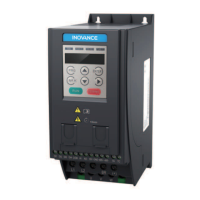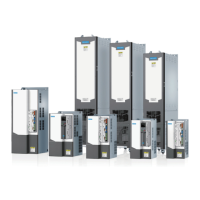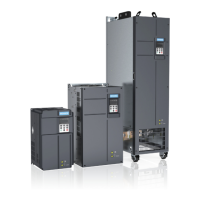CANopen & CANlink Communication
‑46‑
TPDO1 — 0x180+Node‑Id
TPDO2 — 0x280+Node‑Id
TPDO3 — 0x380+Node‑Id
TPDO4 — 0x480+Node‑Id
● EMCY object: 0x80+Node‑Id
Node‑Id: Device ID (station address), which is defined by FD‑02
Communication objects are defined as follows:
● Network management (NMT) object
NMT objects include boot‑up messages, the heartbeat protocol, and NMT
messages. Based on the master/slave communication mode, NMT is used to
manage and monitor all nodes in the network, implementing node state control,
error control, and node startup.
● Service data object (SDO)
SDO enables a client to access object dictionary entries using an index and sub‑
index. SDO is implemented via the CAN‑based message specification (CMS) object
of multi‑domain at the CAN application layer (CAL), and can transmit data of any
length (segmented into several messages when the data length exceeds four
bytes). The SDO protocol produces a response for every request. The SDO request
and response always contain eight bytes.
● Process data object (PDO)
PDO is used to transmit real‑time data from one node to one or multiple nodes.
The data length ranges from one to eight bytes. Each CANopen device has eight
default PDO channels, that is, four TPDOs and four RPDOs. PDOs can be sent
synchronously or asynchronously, determined by the PDO communication
parameters. The content in a PDO message is predefined, determined by the PDO
mapping parameters.
● Synchronization object (SYNC)
The SYNC object is the message periodically broadcast by the CANopen master to
the CAN bus to provide the basic network clock signal. Each device can determine
whether to use the object to synchronize with other network devices based on its
own configuration.
CANopen message format
● NMT module control message
Only an NMT master node can send NMTModuleControlNMT messages. For details
about the message format, see "
Table 4–1 NMT message format
"
on page 47
. COB‑
ID is fixed at 0x000. Data0 is the command word, which occupies one byte. See
"
Table 4–2 NMT message command format
"
on page 47
. Data1 is the CANopen

